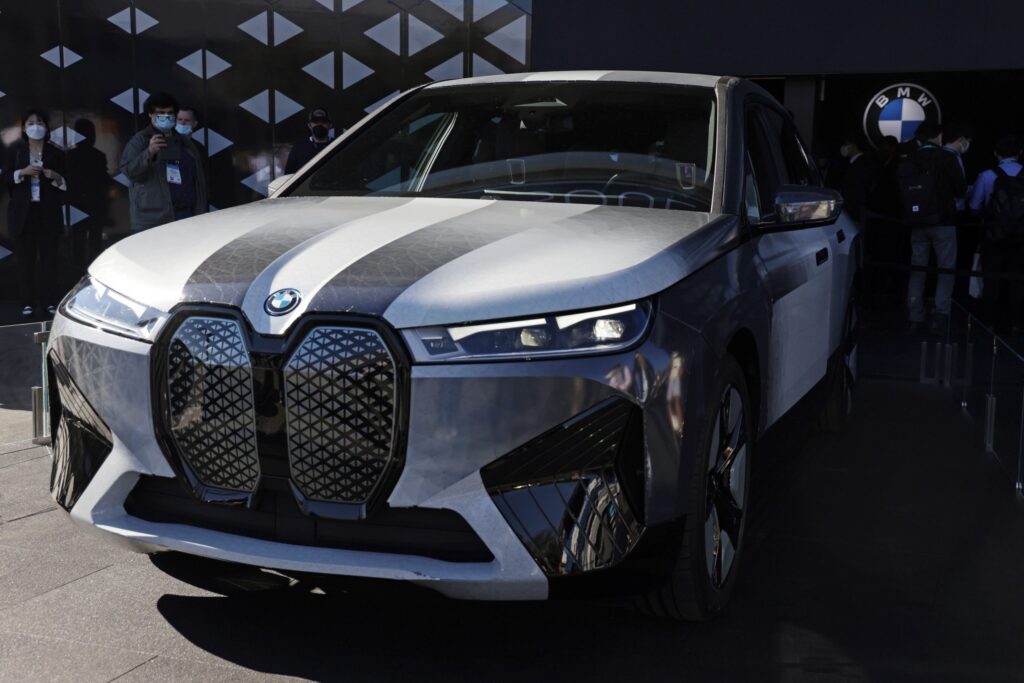As we step into 2024, the automotive landscape is witnessing a significant transformation with the rise of subscription-based car models. This innovative approach to vehicle ownership is reshaping how consumers interact with cars, offering flexibility and convenience that traditional ownership models simply cannot match. In this article, we will delve into the intricacies of subscription services, exploring how they cater to the evolving needs of modern drivers while addressing key concerns such as cost, maintenance, and accessibility.
Throughout this exploration, you will learn about the various subscription options available in the market, from luxury vehicles to eco-friendly choices, and how these models are appealing to a diverse range of consumers. We will also discuss the advantages of subscription services, including the elimination of long-term commitments and the ability to switch vehicles based on personal preferences or lifestyle changes. Additionally, we will highlight the challenges that come with this new ownership paradigm, such as potential hidden fees and the impact on the traditional car sales market.
By the end of this article, you will have a comprehensive understanding of how subscription-based car models are not just a trend but a fundamental shift in the way we think about car ownership. Whether you are considering a subscription service for yourself or simply curious about the future of automotive ownership, we invite you to read on and discover the exciting possibilities that await in 2024 and beyond.
As the automotive industry evolves, subscription-based car models are emerging as a significant trend in 2024. This shift is reshaping traditional car ownership, offering consumers flexibility and convenience. In this article, we will explore various aspects of this innovative approach to vehicle access.
The Rise of Subscription Services
The automotive landscape is witnessing a notable shift towards subscription services, driven by changing consumer preferences. More individuals are seeking alternatives to traditional car ownership due to factors such as urbanization, environmental concerns, and the desire for flexibility. Subscription models allow users to access vehicles without the long-term commitment of purchasing a car, making it an attractive option for many.
In 2024, major automotive manufacturers are increasingly investing in subscription services, offering a range of vehicles that cater to diverse needs. This trend is not only appealing to millennials and Gen Z but also to families and professionals who value convenience and adaptability in their transportation solutions.
Benefits of Subscription-based Models
Subscription-based car models provide numerous benefits that traditional ownership cannot match. One of the primary advantages is the flexibility to switch vehicles based on changing needs. For instance, a user can opt for a compact car during the week and a larger SUV for weekend trips, all within the same subscription plan.
Additionally, these models often include maintenance, insurance, and roadside assistance, simplifying the ownership experience. This all-inclusive approach reduces the hassle of managing multiple aspects of vehicle ownership, making it an appealing choice for busy individuals and families.
Cost Comparison: Subscription vs. Ownership
When evaluating the financial implications of subscription-based car models versus traditional ownership, it’s essential to consider various factors. While subscription fees may seem higher than monthly car payments, they often encompass additional services such as maintenance and insurance, which can lead to overall savings.
Moreover, users can avoid depreciation costs associated with owning a vehicle. A detailed cost comparison table can help potential subscribers understand the financial benefits of choosing a subscription model over traditional ownership.
Environmental Impact of Subscription Services
As sustainability becomes a priority for consumers, subscription-based car models are positioned as a more environmentally friendly option. By promoting shared mobility, these services can reduce the number of vehicles on the road, leading to lower emissions and less traffic congestion.
Furthermore, many subscription services are incorporating electric and hybrid vehicles into their fleets, encouraging users to opt for greener transportation solutions. This shift not only benefits the environment but also aligns with the growing demand for sustainable practices in the automotive industry.
Technology Integration in Subscription Models
Technology plays a crucial role in the success of subscription-based car models. Many services utilize mobile apps to streamline the user experience, allowing subscribers to manage their accounts, select vehicles, and schedule maintenance with ease. This level of integration enhances convenience and accessibility for users.
Additionally, advancements in telematics and connected car technology enable subscription services to monitor vehicle usage and performance, ensuring optimal maintenance and customer satisfaction. As technology continues to evolve, we can expect even more innovative features in subscription-based models.
Target Demographics for Subscription Services
Understanding the target demographics for subscription-based car models is essential for service providers. Millennials and Gen Z are leading the charge, as they prioritize experiences over ownership and seek flexible transportation solutions. However, families and older generations are also recognizing the benefits of subscription services, particularly for short-term needs.
By analyzing consumer behavior and preferences, subscription services can tailor their offerings to meet the diverse needs of various demographics, ensuring a broader market appeal and increased adoption rates.
Challenges Facing Subscription-based Models
Despite the growing popularity of subscription-based car models, several challenges remain. One significant hurdle is consumer awareness and understanding of how these services work. Many potential users may be hesitant to switch from traditional ownership due to misconceptions about costs and benefits.
Additionally, the availability of vehicles and service coverage can vary by region, limiting access for some consumers. Addressing these challenges through effective marketing and education will be crucial for the continued growth of subscription services in the automotive industry.
The Future of Car Ownership
The future of car ownership is undoubtedly changing, with subscription-based models leading the way. As more consumers embrace this flexible approach, we can expect to see further innovations in the automotive sector, including enhanced technology, improved sustainability practices, and expanded service offerings.
Ultimately, subscription-based car models represent a significant shift in how we think about vehicle access and ownership. As we move forward into 2024 and beyond, these services will likely play a pivotal role in shaping the future of transportation.
| Aspect | Description |
|---|---|
| Definition | Subscription-based car models allow users to access vehicles for a monthly fee, providing flexibility without the long-term commitment of ownership. |
| Market Trends | In 2024, the demand for subscription services is increasing as consumers seek convenience and variety in their transportation options. |
| Target Audience | Millennials and Gen Z are the primary demographics driving the subscription model, valuing experiences over ownership. |
| Benefits | Benefits include lower upfront costs, maintenance coverage, insurance, and the ability to switch vehicles based on needs. |
| Challenges | Challenges include higher long-term costs compared to traditional ownership and limited availability in certain regions. |
| Environmental Impact | Subscription models can promote the use of electric and hybrid vehicles, contributing to reduced carbon footprints. |
| Future Outlook | The subscription model is expected to evolve with advancements in technology, including app-based services and enhanced customer experiences. |



